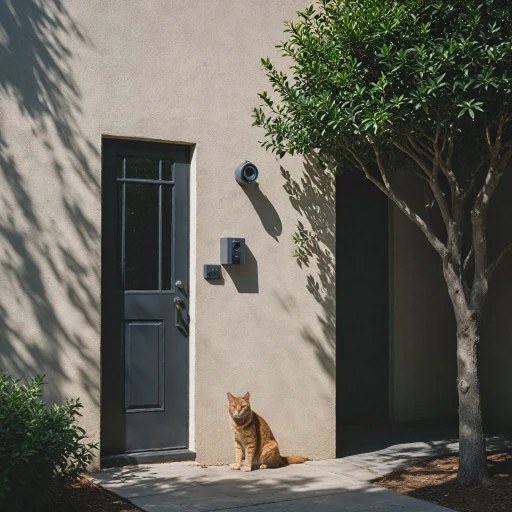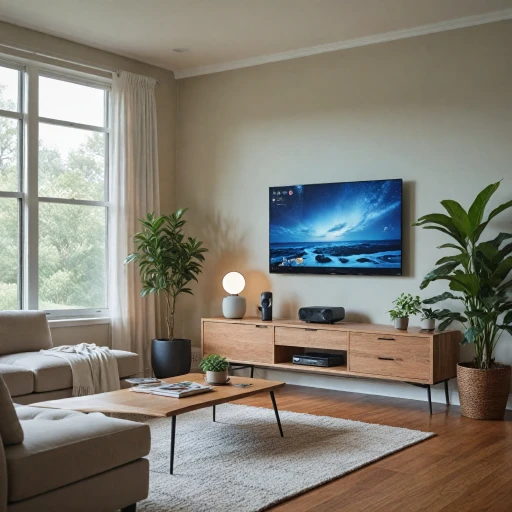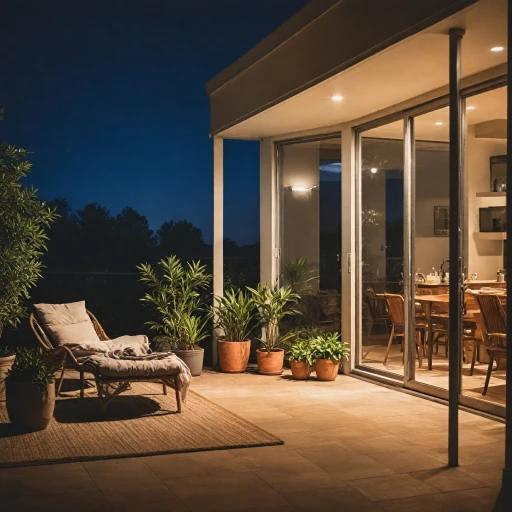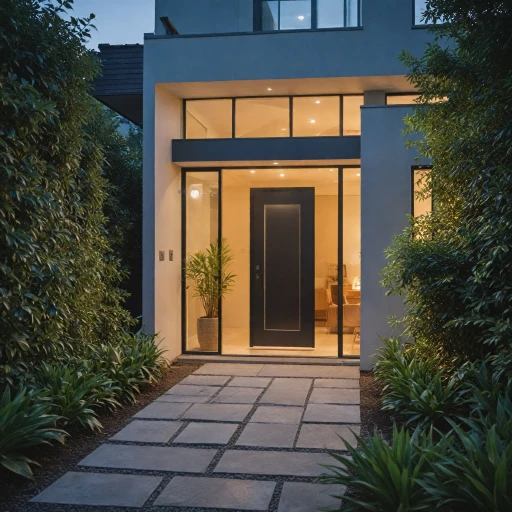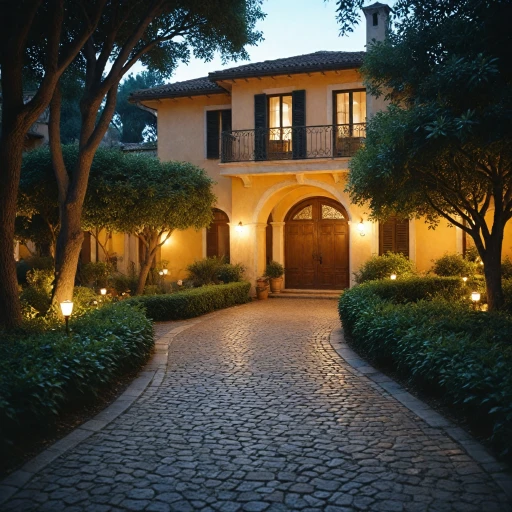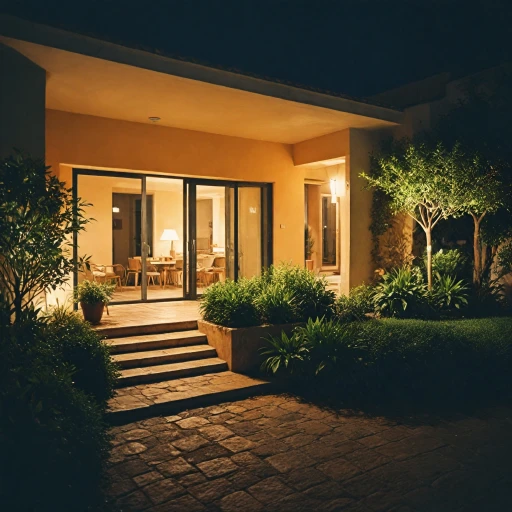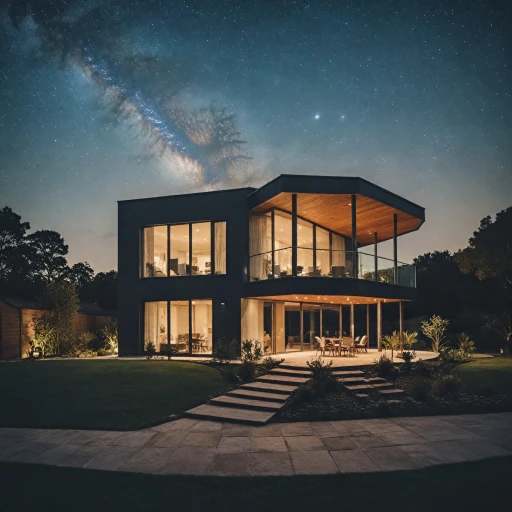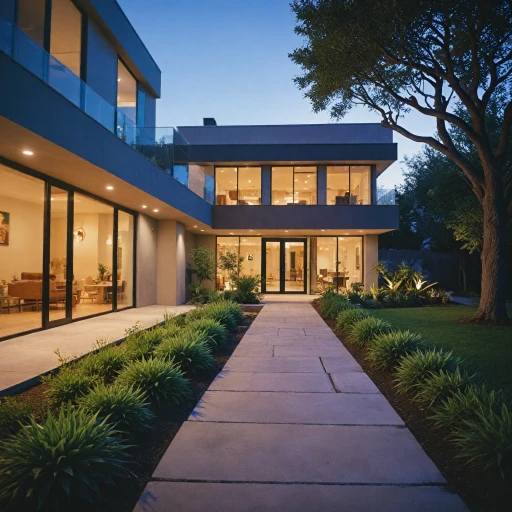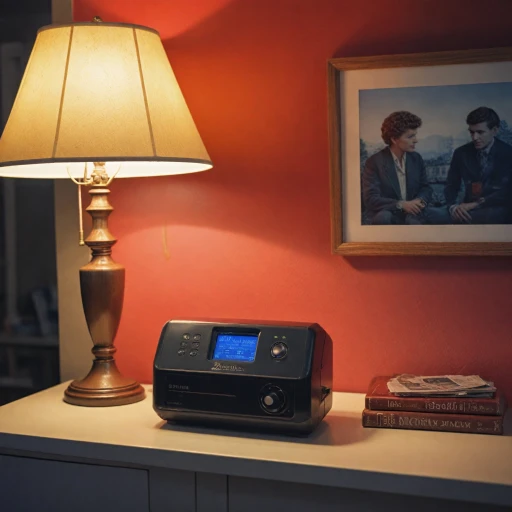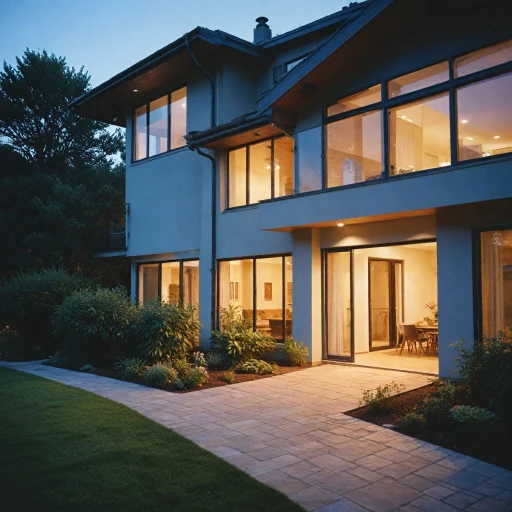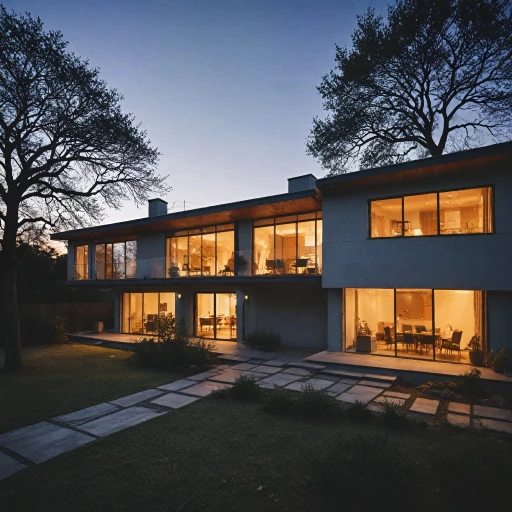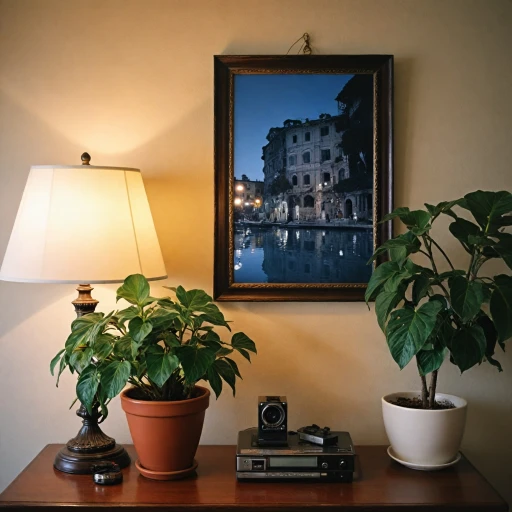
Understanding the Importance of Strategic Camera Placement
Why Strategic Camera Placement Matters
The decision to install security cameras at home is not only about purchasing the right camera system, but also about understanding how strategic camera placement can significantly enhance your security efforts. Proper placement ensures you're maximizing the effectiveness of your surveillance system, covering key areas, and minimizing blind spots. Strategic positioning of your security cameras is crucial for several reasons:- Maximizing Coverage: By placing cameras in optimal locations, you ensure comprehensive video coverage of your home. Key spots include entry doors, common areas, and potential weak points.
- Enhancing Monitoring: Effective placement enhances your ability to monitor both outdoor and indoor security, giving you peace of mind whether you're at home or away.
- Reducing Vulnerable Spots: Identifying and addressing blind spots helps prevent unauthorized access and reduces the risks of potential threats.
- Balancing Privacy: It's important to balance privacy with security, ensuring that the cameras are positioned to respect the personal space of family or roommates while maintaining an effective security system.
Key Areas to Monitor Inside Your Home
Identify Strategic Indoor Monitoring Spots
When it comes to indoor security camera placement, selecting the right areas to monitor is crucial for ensuring optimal security coverage. Positioning security cameras in key indoor spots can provide significant benefits for both security and privacy within your home.
- Access Points: It's vital to install cameras near doors, particularly the front door and any back or side doors. This allows you to track who enters and exits, maximizing your monitoring efficiency.
- Main Halls and Staircases: Placing cameras in hallways and at the top or bottom of stairs can effectively capture foot traffic across multiple areas of the house. This is critical for video surveillance and helps in covering blind spots.
- Common Areas: Spaces such as living rooms or kitchens are where most daily activities occur. By positioning cameras in these zones, you gain a broader view of potential security threats.
- Valuable Storage: If you have a room used to store valuables, it's prudent to place security cameras here. This can deter theft and provide clear video evidence if an incident occurs.
For more clever ways to conceal your home security cameras, consider strategies that blend protection with discretion.
Outdoor Camera Placement for Maximum Coverage
Strategic Outdoor Positioning for Optimal Coverage
Installing outdoor security cameras requires a strategic approach to ensure maximum coverage and effectiveness. By considering the best spots to place your cameras, you can minimize blind spots and enhance your video surveillance system's efficacy.- Focus on Entry Points: Position your outdoor cameras to monitor key entry points such as the front door and back door. These areas are common access points for intruders and require vigilant observation.
- Observe Driveways and Parking Lots: For properties with driveways or parking lots, place security cameras in a manner that captures a wide field view. Monitoring these spaces not only helps in detecting unauthorized access but also aids in access control.
- Cover Blind Spots: Identify and rectify any blind spots in your current setup. Ensuring that every angle is covered can prevent potential loopholes in your surveillance system.
- Legal and Privacy Considerations: Always take into account legal restrictions and privacy concerns when installing security cameras outdoors. Be mindful of not infringing on neighbors' privacy, especially in shared or close-knit residential areas.
- Optimal Camera Placement for Weather Resistance: Given the outdoor environment, select locations that offer some protection from extreme weather conditions. This can prolong the life of your cameras and maintain consistent video quality.
- Integration with Other Systems: Incorporate your camera placement strategy with other security systems like fire alarms and access control setups for a comprehensive security network.
Balancing Privacy and Security
Finding the Right Balance Between Privacy and Security
Installing a security system requires a careful consideration of privacy alongside the placement of surveillance elements. While optimal camera placement is crucial for effective monitoring, it’s equally essential to ensure that the privacy of those within and around your home is respected. Here are some key points to consider:
- Privacy vs. Security Needs: Identify the primary areas you need to monitor for security purposes, such as entrance points, and weigh them against areas where privacy is a priority, like bedrooms or personal spaces. This helps prevent unnecessary intrusion while maximizing overall security.
- Avoiding Blind Spots: Properly placed cameras can minimize blind spots in both indoor and outdoor security setups. Maintaining surveillance coverage requires thoughtful camera placement to ensure privacy isn’t compromised.
- Compliance with Legal Requirements: When positioning cameras, make sure to adhere to legal guidelines that dictate where cameras can be installed, especially in shared and publicly accessible areas. This ensures your system’s compliance while safeguarding personal privacy.
- Collaborate with Neighbors: If outdoor cameras or security systems cover neighboring properties or public walkways, it’s a good practice to discuss your camera placement plans with neighbors to address any privacy concerns and build a cooperative environment.
- Using Technology Wisely: Take advantage of features like motion detection and restricted camera angles to enhance targeted monitoring while preserving privacy. Such technology allows for effective surveillance without unnecessary overreach.
Balancing privacy and security isn’t just about placing cameras in the right spots, but also about thoughtfully evaluating how your security cameras interact with the daily lives of your family and community. Incorporating these considerations ensures you have a functional and respectful surveillance system.
Technical Considerations for Optimal Camera Performance
Fine-Tuning Your Security with Technical Insights
Achieving the best performance from your security cameras involves careful consideration of numerous technical factors. Proper camera positioning and installation enhance monitoring capabilities and minimize blind spots. Start by ensuring each camera has an appropriate field of view and aligns with key entry points like the front door or parking lots. Here are some technical elements to consider:- Resolution and Video Quality: For clear video surveillance, select cameras that offer high-definition quality, which is crucial for identifying potential intruders or capturing important details.
- Lighting Optimization: Different areas around your home may have varying lighting conditions. Cameras with good low-light performance or infrared capabilities ensure clear images, even at night or in poorly lit spots.
- Secure Connections: Opt for systems with encrypted links to protect your privacy and data from unauthorized access. Wireless cameras should have robust network security to safeguard against breaches.
- Power Source: Determine whether a wired setup or battery-operated system best suits your install security needs. Wired systems may offer reliable performance, while battery-operated ones provide flexibility in placement.
- Weather Resistance: Outdoor cameras should be weatherproof to withstand rain, wind, and high temperatures, maintaining effective surveillance year-round.
- Smart Features: Consider cameras with smart capabilities such as motion detection, audio recording, or integration with home automation systems for enhanced access control and convenience.


